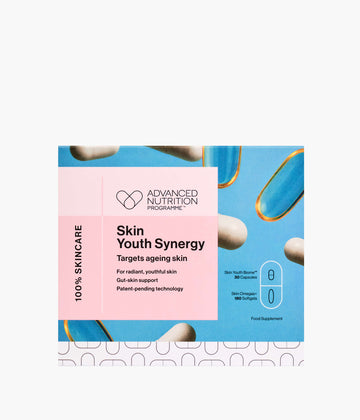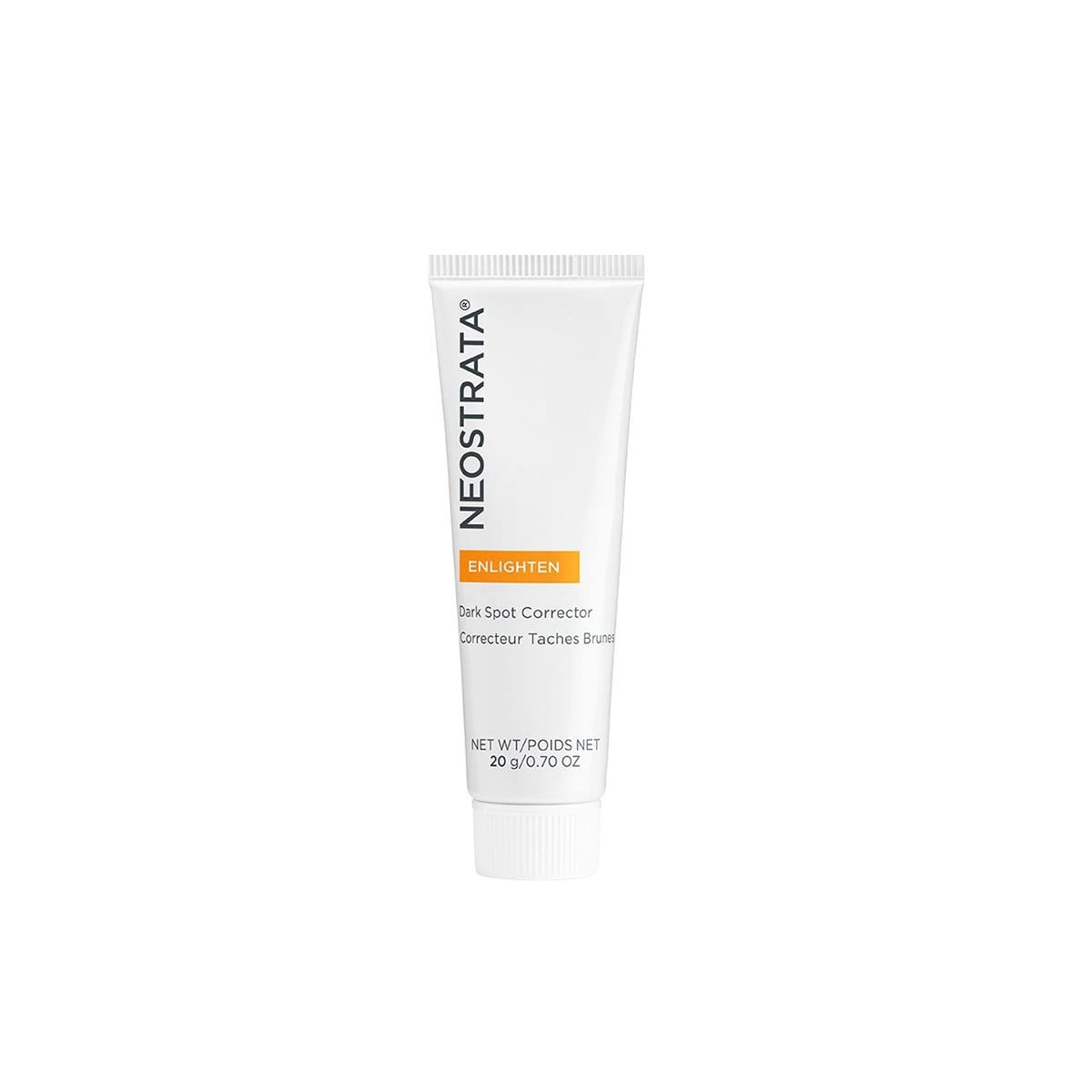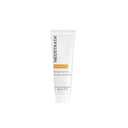NeoStrata
NeoStrata was founded by the dermatologists who first discovered and patented alpha hydroxy acids (AHAs), making it a trailblazer in skin resurfacing and rejuvenation. Its science-led formulas improve cell turnover, refine texture and visibly reduce fine lines and hyperpigmentation, while supporting skin barrier health.
The brand offers a full portfolio of cleansers, serums, moisturisers and targeted treatments designed to suit different skin types and concerns. Key ingredients include AHAs, PHAs, bionic acids, retinol and antioxidants, all carefully balanced for efficacy and tolerability.
Clinically proven and recommended by professionals worldwide, NeoStrata delivers results-driven skincare for smoother, healthier and more radiant skin. Its innovation continues to shape the professional skincare market today.















